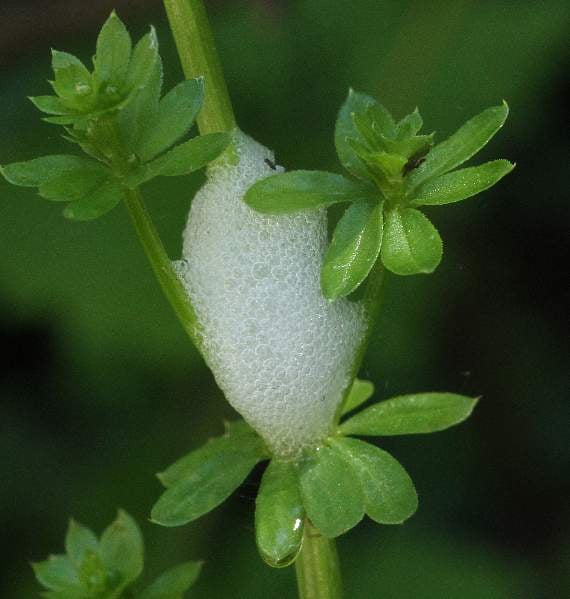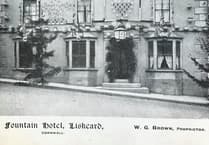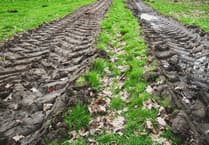Bugs and beetles feature in this week’s Nature Watch walk with photographer Ray Roberts.....
I couldn’t help but notice lots of white ‘cuckoo spit’ on the stems of vegetation on the hedges around the village. These blobs of what looks just like spit, are caused by the tiny bright green nymphs of the common spittlebug that excrete this frothy liquid to surround themselves and so prevent their bodies, about 5mm long, from drying out.
There are lots of Welsh poppies - Meconopsis cambrica - out in bloom in and around the parish, these long slender stemmed flowers seem to pop up anywhere nowadays. When they first bloom, they are a deep yellow, almost orange in colour but the four tissue-thin petals soon fade to pale lemon. They are native to Wales as the name suggests but now grow all over south-west England and Ireland and the first flower described by Linnaeus, the 18th century botanist gave it the Latin name Cambrica – of Wales.
Among all the thousands and thousands of red campions – Silene dioica – that are out in bloom, I came across a rather weather-beaten white campion – Silene alba – plant with several flowers, on one of the hedgerows. This plant favours the same hedges, grassy banks and disturbed ground as its red cousin, but I don’t see many of them.
On one of our sunnier days, I spotted several tiny grasshoppers sun bathing on the leafy hedge. They were quite small, probably around 10mm in body length and try as I might, I cannot identify them but they were probably common field grasshoppers.
One beetle that I can put a name to is the oedemera nobilis that is easily recognised by its metallic green colouring and swollen ‘thighs’ on its back legs. With a body length of some 12mm, this beetle feeds on pollen and visits a wide range of flowers particularly yellow ones.
A delicate white flower that I have in previous years seen in abundance, is the beautiful wood anemone – Anemone nemorosa – but so far this year I have only found a couple of weather-beaten blooms. This is another plant that needs plenty of sun for the blooms to open up widely but if the weather becomes cloudy or when evening approaches, the flowers will close and droop.



.jpg?width=209&height=140&crop=209:145,smart&quality=75)
